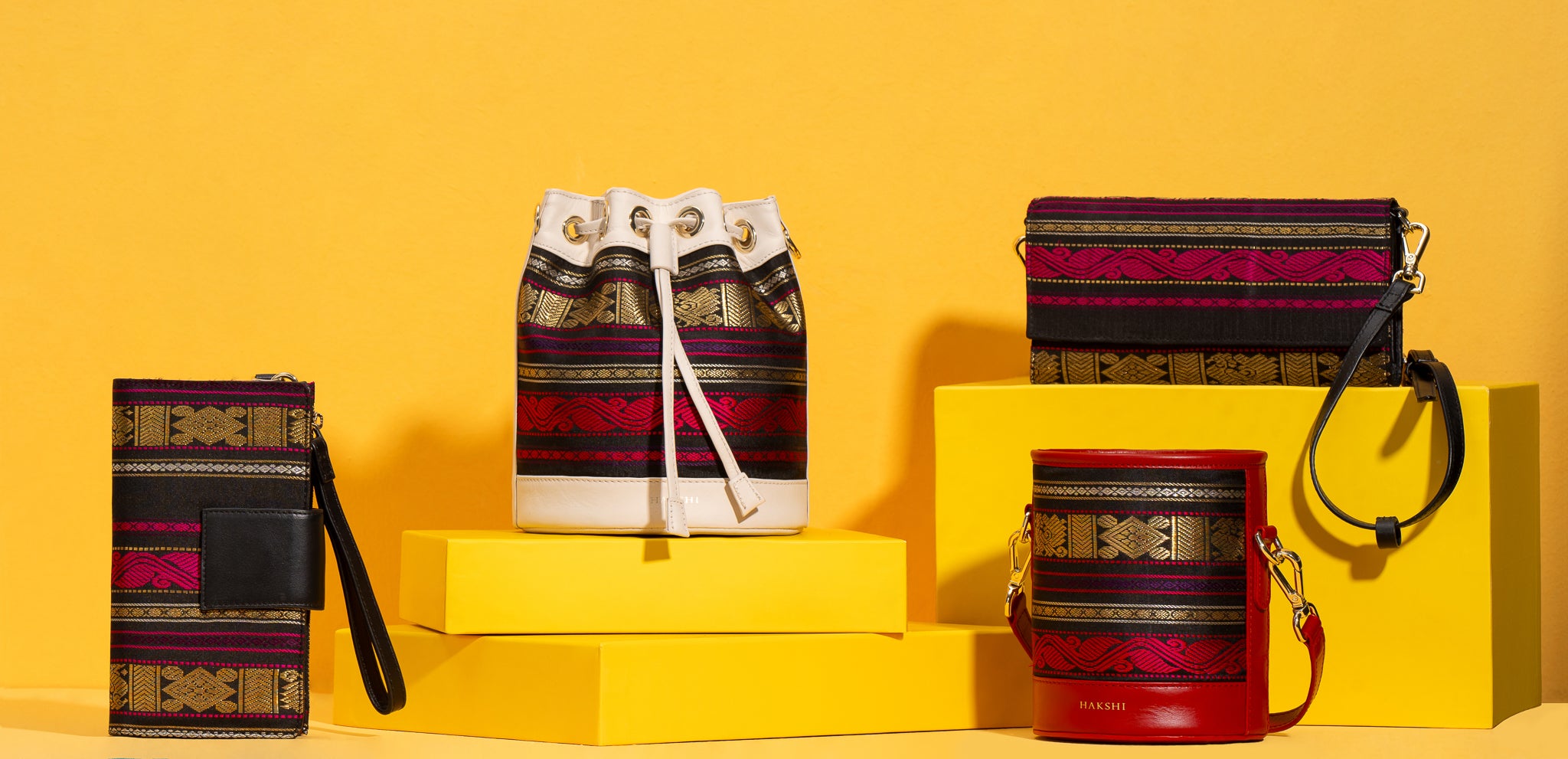Kanjivaram Silk Saris - A Symbol of South Indian Tradition

The Kanjivaram Silks, one of the world's most beautiful saris, is named after the Kanchipuram hamlet, where it was first produced. Kanjivaram silk saris are the South Indian version of Banarasi. The exquisite saris are crafted from a beautiful array of vibrant colours and dense, luxurious Silks. Kanjivaram saris are best suited for every event because of their gold accents.
Origin and history
It is possible to trace the origins of Kanjivaram silk saris back to the Hindu epics. According to legend, the Kanjivaram Silk Weavers are descended from Markanda, a weaver who is claimed to have created garments for the gods. In Kanchipuram, a village in the Indian state of Tamil Nadu, the tradition dates back more than 400 years. Kanchipuram is supposed to have been inhabited by the Devangas and Saligars, two prominent weaving groups from Andhra Pradesh. They began weaving beautiful Kanjivaram silk saris, incorporating designs they had seen on local temples into their intricate patterns. Soon it became popular due to the intricate work and detailed weaving of beautiful designs.
A Kanjivaram Silk Sari weaving story
Pure mulberry silk thread is used to weave a Kanjivaram Silk sari. Thread or zari used to create borders and designs on mulberry silk originates in Gujarat, whereas silk comes from South India.
A Kanjivaram silk sari is woven with three shuttles. While the weaver works on the shuttle's right side, the assistant weaver works on the left side. We wove silk on a distorted frame. In total, the warp contains around 60 holes and 240 threads. The weft has between 250 and 3000 lines and is densely woven.
The border of a Kanjivaram silk sari is particularly noteworthy. Silk saris with contrasting borders are often the most visually appealing. We know weaving the border on its own is necessary when there is a stark contrast in colour. Silks produce saris constructed of different Kanjivaram silk. After that, the saree is sewn into the blouse. While one weaver focuses on the threads, the second weaver uses the border colour to complete the sari. Silk saris with borders on both sides can be found occasionally.
Kanchipuram saris are all about the pallu. A separate Pallu is weaved, and the entire silk saree is intertwined with the pallu. Where the pallu joins the silk saree, a characteristic zig-zag pattern appears.
A good quality weave is when, even if a silk sari is torn, the border and pallu will not separate from the sari. The quality of their work can discern your silk sari weaver or artisan. When buying a Kanjivaram silk sari, pay attention to the seams where the borders and pallu meet the silk. Traditionally Speaking, a better weaver or artisan will produce a silk sari with a more intricately intertwined or camouflaged pallu and border. In addition, the edges and pallu of a simple silk saree are always linked to the saree.
Gujarat is the source of the gold or silver zari used to add a touch of gold to the border and Pallu. After being soaked in rice water, the silk thread is dried in the sun. This improves the thread's thickness and stiffness. The silk thread is first woven through a thin silver wire, entangled with the silk thread. Woven with Golden Fleece, the technique is finished.
Silk sarees take anywhere from 6 to 10 days to weave. However, the length of time necessary to make a sari may vary based on its design and level of complexity.
Conclusion:
Kanjivaram silk saris are a marvel spanning six yards and always have high demand. The breathtaking craftsmanship and traditional, contemporary and vibrant designs make it desirable to own.






Leave a comment